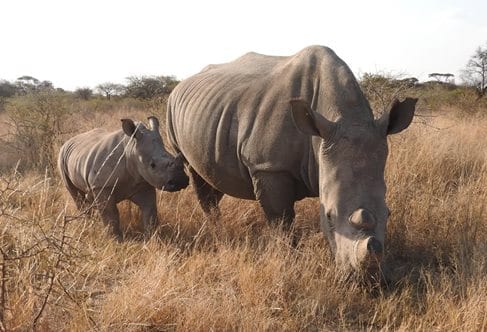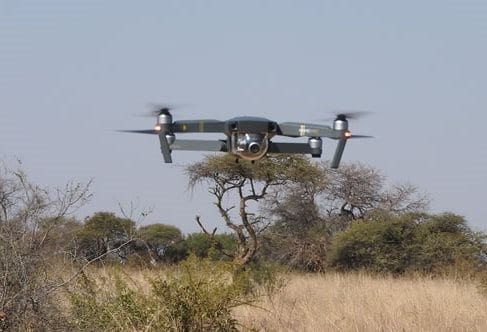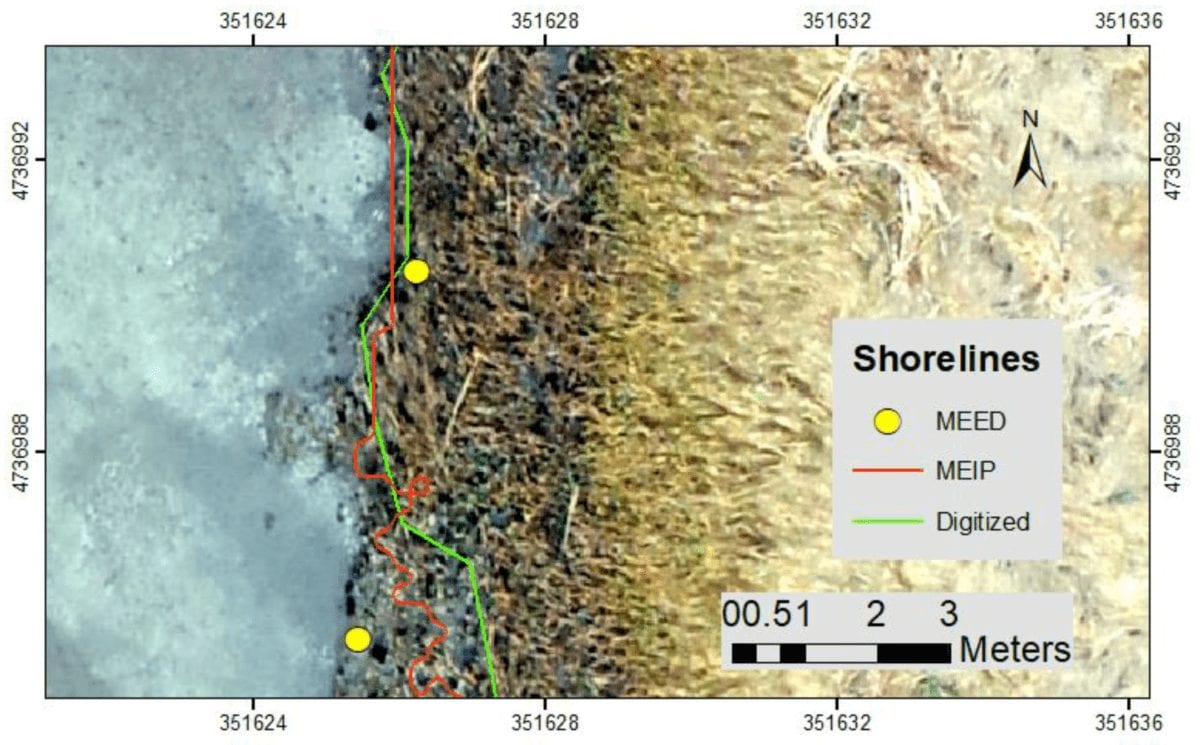Using Drones and Sirens to Protect Rhinos from Poaching
While drones have been used successful in monitoring and data analysis of wild life species another unique application of drones and sirens could help to combat the poaching of southern white rhinos. This technology is capable of deterring the animals from entering areas of national parks and reserves where the poaching risk is high.
As a result of conservation efforts the number of southern white rhinos has increased dramatically since the early 1900s and is now approximately 20,000 in number. Unfortunately, there has been an upsurge in poaching since and as per most recent statistics more than 1,000 African rhinos were killed by poachers each year between 2013 and 2017.
While conventional efforts to combat poaching are effective they rely on expensive resources like vehicle and foot patrols which put a financial strain on the reserves and parks that are home to rhinos. Samuel Penny and his colleagues at the University of Brighton, UK, decided to explore cheaper yet efficient alternatives. They conducted tests to find out whether sounds, smells or drones could be used to deter rhinos from poaching hotspots.
They exposed a group of de-horned southern white rhinos living in a private reserve in South Africa to each stimulus four times and recorded their reaction in the minute afterwards. During the experiment it was observed that drones and harsh siren sounds were the most effective tools for getting rhinos to leave the area. It was observed that mother rhinos and their calves fled from drones that were as high as 100 metres above the ground.
According to Penny, drones could be used to deter rhinos from poaching hotspots such as around water holes or near buildings and roads during nights with a full moon. However, since sirens need a speaker system, they may remain limited in use due to being placed in patrol vehicles that drive around the perimeter of the reserve or park.
Precise rhino control
Penny says, “We found the drones to be a much more effective tool at manipulating rhino movement than the siren, mainly due to their long transmission range and capability of pursuing rhinos over long distances.” He added, “The drone’s manoeuvrability also allows for more precise control of rhino movement as it can be flown into positions in response to changes in rhino direction. In essence it can be used to herd them,” he says.
During their tests the team were surprised to find that the tried and tested method-smell of chilli was a useless deterrent – despite being effective in elephants, monkeys and bears. “We actually recorded rhinos chewing on the chilli-oil infused ropes on several occasions,” says Penny. “So in this case, chilli acted more as an attractant than a deterrent.”
Looks like with the drones success in deterring the rhinos from poaching spots, technology for once has scored over an organic option like chilly smelling in herding rhinos to safety.
His research, co-authored by the university’s Dr Angelo Pernetta, Dr Rachel White and Professor Dawn Scott, has been published in the Royal Society’s Proceedings B journal.





























